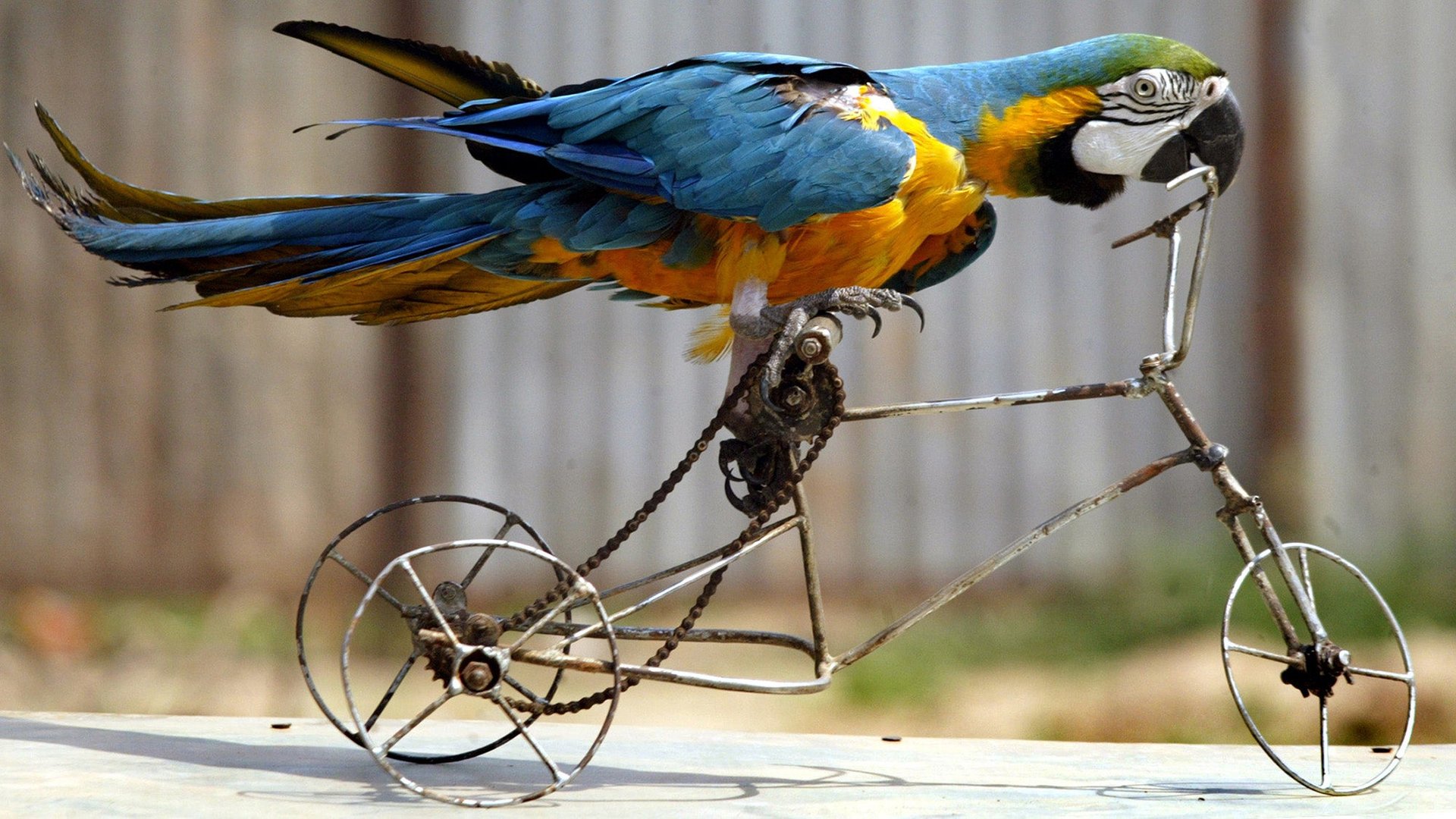Scientists looked inside bird brains and found they’re far more sophisticated than yours
Think again the next time you call someone “bird-brained.” You might be giving them a compliment.


Think again the next time you call someone “bird-brained.” You might be giving them a compliment.
Bird brains are small. An emu’s brain accounts for 0.06% of its body mass, whereas a human’s is 2%. Yet some birds are capable of using tools, recognizing themselves in the mirror, and saving food for future use. How is this possible?
A study published on June 13 in the Proceedings of the National Academy of Sciences tried to find an answer. First, researchers counted the number of neurons in 28 bird species, dissecting the brain and coloring neurons with a dye for counting. Here’s how some of those compare with the counts for other animals:
The counts may not look that surprising, but look closely. Though owl monkeys are about the same size as ravens, they have far fewer neurons in their brains. In fact, most birds pack in way more neurons per gram of brain tissue than other animals.
The higher density of neurons allows for more connections, increasing the capacity for information processing in a small container. Songbird and parrot brains accommodate two to four times more neurons than rodent brains of similar weight, and around twice as many as some primate brains. In fact, on that list, humans rank even below squirrels and emu.
Of course, it also matters where these neurons are. The brains of larger songbirds and parrots contain proportionally more neurons in the pallium—part of the forebrain that helps control voluntary actions—compared with mammals, in some cases three or four times more. However, birds have fewer neurons in other brain regions such as the cerebellum, which coordinates and regulates muscle movement. Most of a mammal’s neurons are found in the cerebellum.
Why the differences? The researchers don’t know yet, but they think that the structural differences of some birds might increase their capacity for learning as well as foot and beak dexterity. Evolutionary pressures probably kept a constraint on body—and consequently brain—size to allow a bird to fly, but these brain changes would have allowed them to still learn various birdcalls and songs, as well as manipulate tools. Bird brains have fewer non-neuronal cells, such as glial cells and white matter, which have been shown to play a crucial role in human cognition.
Comparing a bird brain to a human brain is like comparing an iPhone to a supercomputer of yesteryear. Size doesn’t necessarily matter when it comes to ability.